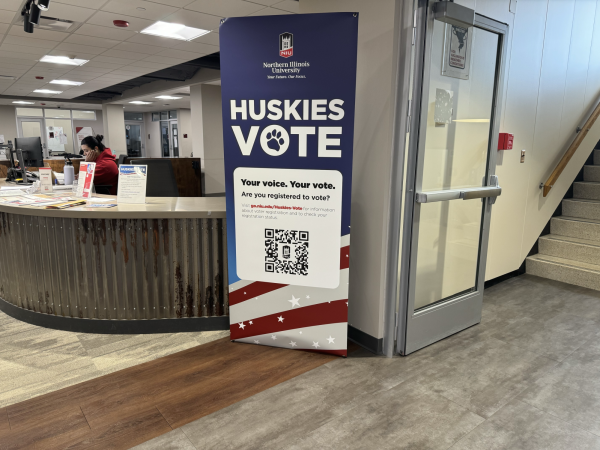Effects of sun exposure longlasting
February 16, 1990
As NIU students prepare for the pilgrimage to the southern ports of call, they should keep one fact in mind … the tan fades, but its effects don’t.
The American Red Cross reported more than 500,000 new cases of skin cancer last year, making it the most common type of human cancer.
But NIU Health Enhancement Educator Steve Lux said even though overexposure to the sun can severely damage skin, it is not necessary to give up the outdoors to reduce the chances of developing skin cancer.
“If students get the appropriate sunscreen for their skin type and apply it correctly, they can greatly reduce the risk of skin cancer and premature aging,” Lux said.
Although many students use tanning beds to get a base tan before going to the beach, Lux said he does not recommend them.
Lux said the sun gives off UVA and UVB rays, while tanning beds give off only UVA rays.
“Although the UVB are more frequently associated with skin cancer, the UVA rays penetrate more deeply into the skin and can cause severe wrinkling,” he said.
However, many students still choose to use tanning beds. Robin Koks of the Body Shoppe, 1311 E. Dresser Rd., said business has increased signicantly as spring break approaches. Koks said a base tan will decrease the likelihood of sunburn, but said students must still use a good sunscreen.
Sunburn can occur, even on a cloudy day, Lux said, adding rays can reach down into three feet of water. “It is very important to reapply sunscreens after swimming or perspiring,” he said.
Lux said students should be aware of the SPF (sun protection factor) numbers on sunscreens and use the approriate number for their skin type.
Skin types range from type 1, which always burns and never tans, to type 6, which is dark skin that rarely burns. People with type 1 skin are usually fair-skinned and blue-eyed or come from Irish or Scottish backgrounds, Lux said.
It is the type 1 skin which is most susceptible to severe burning and cancer because it contains a low amount of melanin, which allows skin to tan. “These people should use the strongest sunscreen avaiable to them,” Lux said.
Sunscreens are rated by their sun protection factor and usually range from two to 15, he said.
“An SPF of 12 means the sunbather can stay in the sun eight times longer before burning than if the person was wearing no protection at all,” Lux said.













